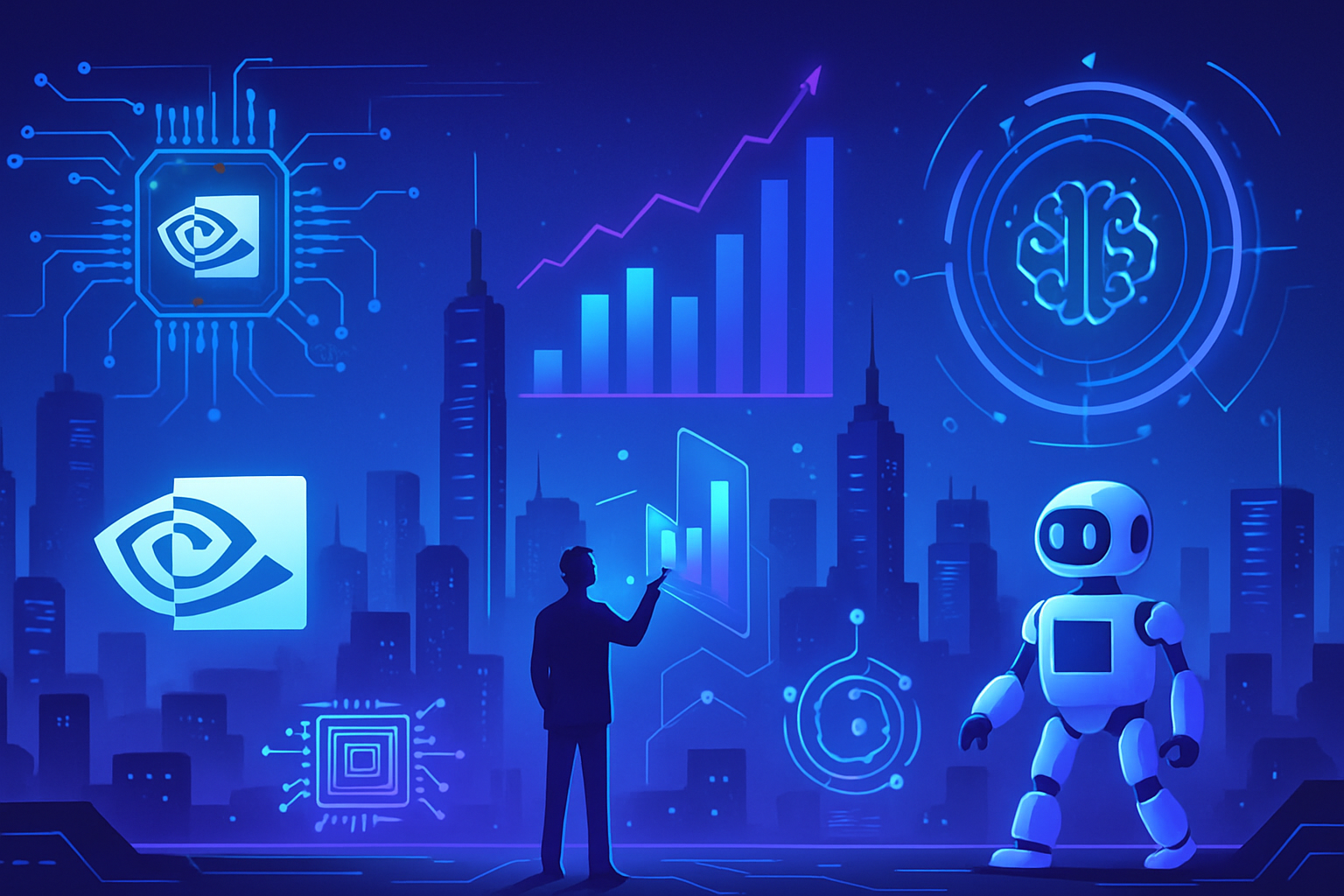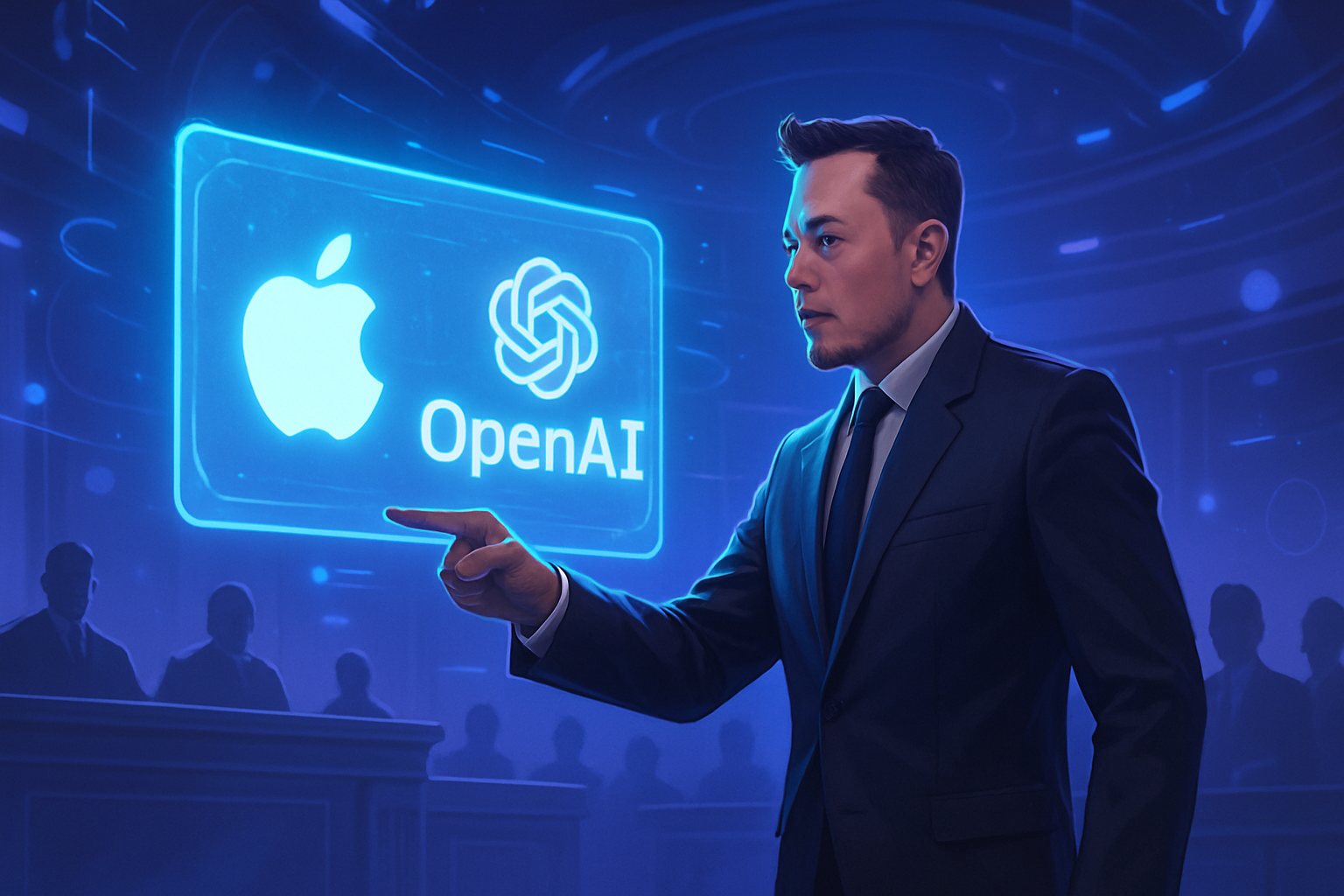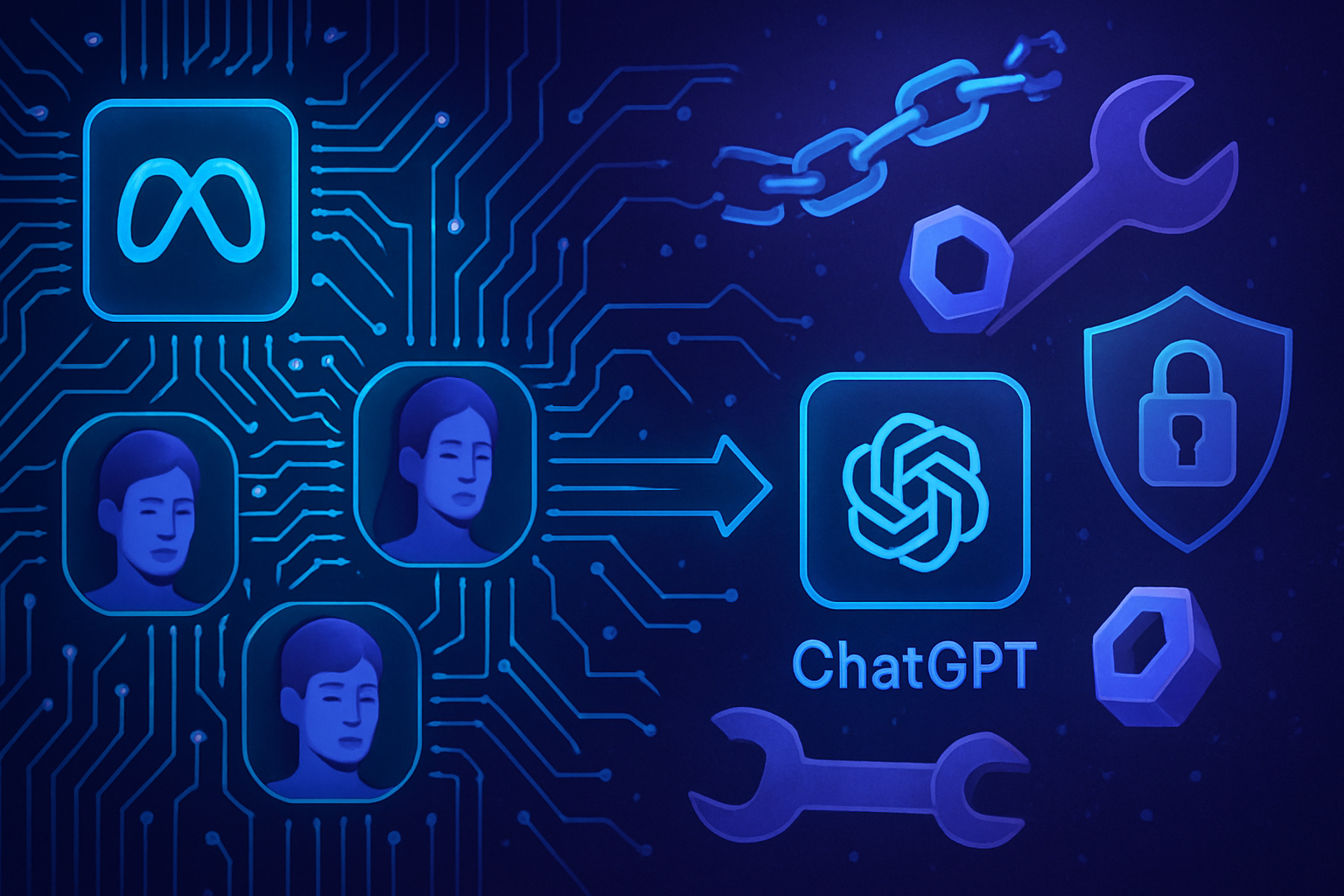Gender equality in the realm of artificial intelligence raises pressing and necessary questions. The underrepresentation of women in this *rapidly expanding* sector not only poses a societal challenge but also affects technological innovation. Only 22% of AI professionals *globally* are women, an alarming finding for a rapidly transforming field. Women’s access to digital tools also appears limited, *reinforcing existing inequalities*. This detrimental phenomenon underscores the urgent need for collective mobilization to ensure equitable and inclusive representation in AI.
The place of women in the AI ecosystem
The artificial intelligence sector is experiencing exponential growth, but the underrepresentation of women remains concerning. Currently, only 22% of the global workforce in AI is composed of women. This alarming finding is accompanied by the unequal use of AI tools, where women often lag behind.
The JFD (Join Forces & Dare) movement has questioned the nature of the sector. It raises the question: is artificial intelligence a factor for progress or an alignment of existing inequalities?
Educational and societal challenges
A study conducted by the JFD movement reveals that 82% of women surveyed have faced gender stereotypes during their training. A significant portion of these women has been directed towards humanities studies, with only 35.8% of STEM graduates being women in Europe.
The educational path of women resembles a funnel, where the proportion of those who pursue scientific disciplines decreases at each crucial stage. This phenomenon is further exacerbated by the 2021 baccalaureate reform, which led to a reduction of over 28% in the number of girls in scientific fields.
Women’s use of AI tools
The gender gap is also evident in the use of AI technologies. Globally, only 33% of ChatGPT users are women. In France, 53% of men use it at least once a week, compared to only 40% of women.
The marginalization of women in this field raises major concerns. Blindness towards them could mean a loss of opportunities that AI can offer, thus increasing inequalities in the professional world.
Design of tools and sexist biases
AI tools are not exempt from biases. Image generators, such as Stable Diffusion, include only 3% of images of female judges, despite the fact that they represent between 35 and 40% of judges in the United States. Such biased representation vividly illustrates the stereotypes instilled from an early age.
Apple’s first Health app, launched in 2014, is a glaring example of exclusion. The absence of menstrual tracking sparked intense criticism, forcing the company to reintroduce this feature later.
Promoting inclusion in AI
For a more inclusive AI, acting at all educational levels is fundamental. The need to deconstruct stereotypes from childhood is paramount. Additionally, it is essential to integrate visible female role models throughout the learning journey to encourage young girls to pursue careers in this sector.
Setting parity goals within companies and diversifying recruited profiles is also essential. The governance of AI projects must incorporate measures to limit biases and prioritize more representative databases.
An empowering lever, AI must be rethought to include women at all levels. A community mobilization of educational institutions, businesses, and lawmakers could tip the balance.
The voices of experts
Experts such as Laurence Devillers, professor of AI and ethics at La Sorbonne, call for raising awareness from early school years. Shaping the imagination of children, particularly little girls, about AI and robotics from primary school is imperative.
The societal implications of such an approach can have significant repercussions for the future of women in this sector. This could not only reduce the gender gap but also foster a more ethical and inclusive AI ecosystem.
Frequently asked questions about gender equality in the AI sector
What percentage of women are in the AI industry in France?
In France, only 22% of artificial intelligence professionals are women, highlighting an alarming underrepresentation in this rapidly expanding sector.
What are the main challenges faced by women in the AI field?
Women face gender stereotypes from their education, with a lack of support and female role models in scientific disciplines, affecting their career choices in the AI field.
How does education influence the representation of women in AI?
The gender stereotypes perpetuated during education contribute to dissuading girls from pursuing studies in STEM. About 82% of the surveyed women reported encountering these stereotypes, which limits their engagement in the tech sector.
What is the importance of diversity in AI development?
Diversity is essential in AI development as it helps avoid biases in algorithms and ensures that varied perspectives are included in technological tools, which can lead to fairer solutions for all.
What impacts does the underrepresentation of women in AI have?
The underrepresentation of women in AI can exacerbate gender inequalities and reduce economic opportunities for women, leaving them behind in a sector that increasingly shapes our digital future.
What concrete actions can be taken to improve gender equality in AI?
To promote gender equality in AI, it is crucial to act early in education by deconstructing stereotypes, setting parity goals in companies, and ensuring adequate training to integrate women into the tech sector.
Where is the gender gap most evident in the use of AI?
The gap is evident in the use of AI tools, where globally, women make up only 33% of users of services like ChatGPT, while men use AI more regularly.
How can companies support diversity in AI?
Companies can support diversity by implementing mentoring programs, opening access to targeted training, and ensuring that AI projects consider varied perspectives in their design.






